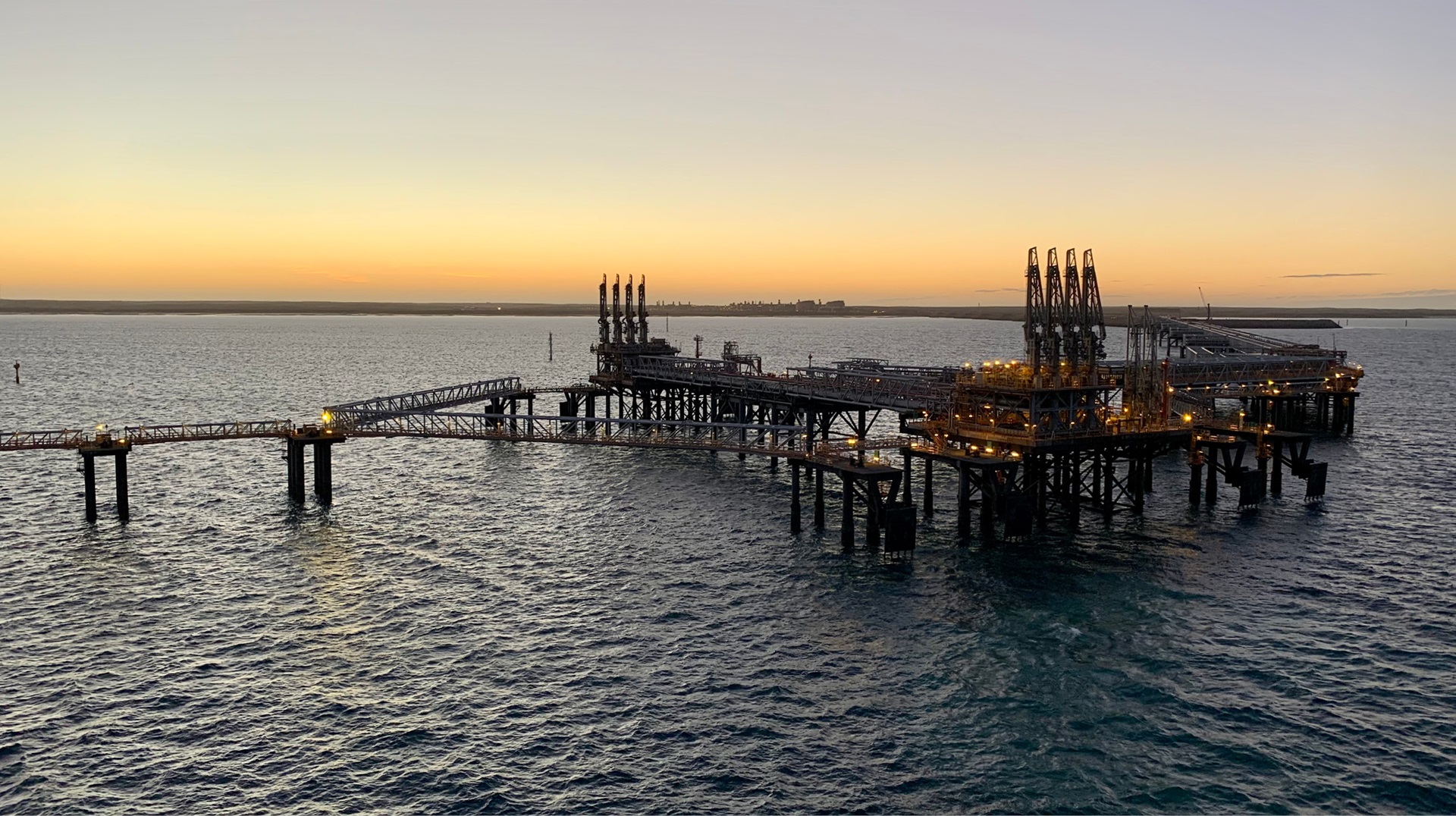Chevron’s unit in Australia and its partners in the Gorgon LNG project announced the production of first gas from the Gorgon Stage Two development off the northwest coast of Western Australia.
According to a statement by Chevron Australia issued on Tuesday, the development expands the existing subsea gas gathering network of the Gorgon project, the largest single resource project in Australia’s history, which exports LNG to customers across the Asia Pacific and produces domestic gas for the Western Australian market.
In line with the original development plan for the Gorgon project, the second stage involved the installation of 11 additional wells in the Gorgon and Jansz-Io fields and accompanying offshore production pipelines and subsea structures to maintain feed gas supply for the gas processing facilities on Barrow Island, it said.
Supporting the longevity of Gorgon
Chevron Australia managing director, Mark Hatfield, said in the statement that Gorgon Stage Two first gas marks the next phase of the Gorgon project.
Hatfield noted that the team completed the complex offshore installation work, totaling more than 3.2 million hours to date, without any serious injuries or incidents.
“The development supports the longevity of the Gorgon project and the continuation of its already significant ongoing benefits including highly skilled local employment, economic activity as well as state and federal government revenue for decades to come,” he said.
“Adding to the initial A$40 billion spend on Australian goods and services from the Gorgon project since 2009, the development created more than 800 jobs in Western Australia through drilling and completion activities, subsea infrastructure installation and project management,” Hatfield said.
The Gorgon LNG plant on Barrow Island has three trains and a production capacity of some 15.5 mtpa.
The Chevron-operated Gorgon project is a joint venture between the Australian subsidiaries of Chevron (47.3 percent), ExxonMobil (25 percent), Shell (25 percent), Osaka Gas (1.25 percent), Tokyo Gas (1 percent), and Jera (0.417 percent).

